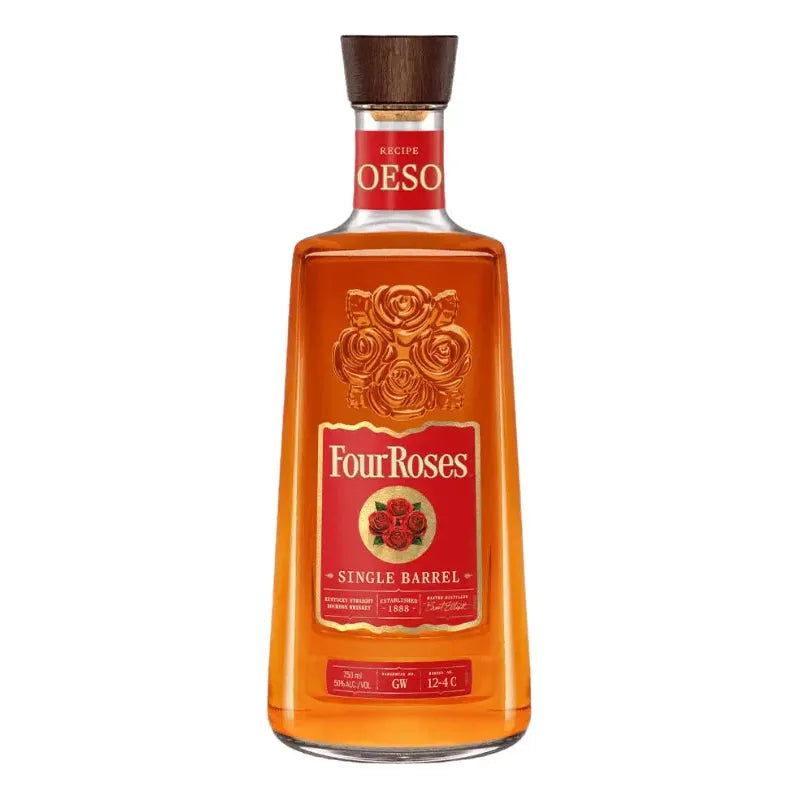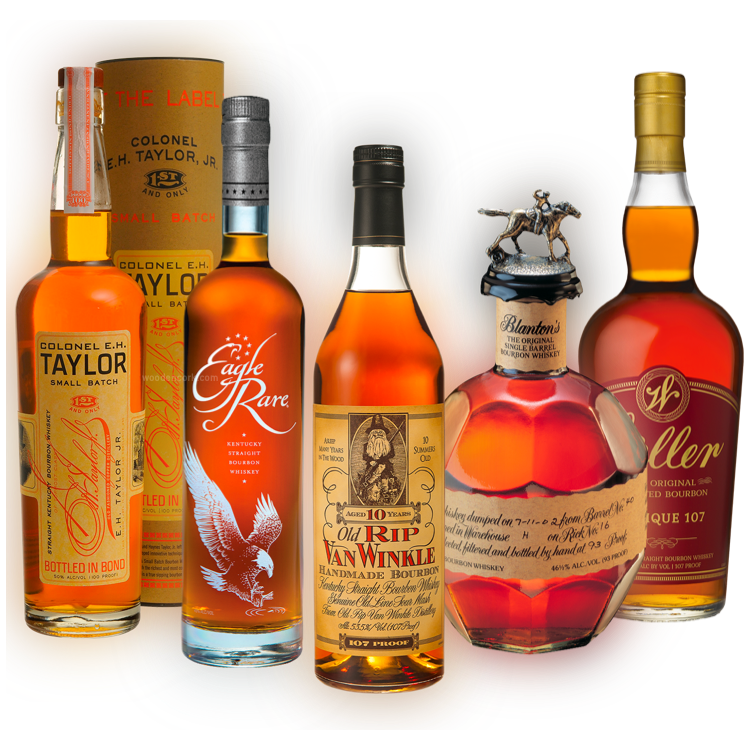How to Make Healthier Cocktails
Editor’s note: Since so many alcohol trends begin on-premise, we occasionally cross-post content like this from our on-premise sister publication, Cheers.
“Healthy-ish cocktails appeal to everyone,” says Danny Kuehner, bar manager at Madison On Park restaurant in San Diego. Stashed behind the bar are such wellness ingredients as alkaline water, turmeric, matcha, beets, carrots, aloe vera, nopales, seaweed, cannabidiol (CBD) oil and activated charcoal. “People want to feel good, not only about what they are eating, but what they are drinking.”
Cocktails as healthful? Sounds like a contradiction. But consider history: Apothecaries originally compounded alcohol into healthful tinctures, elixirs and tonics.
And compared to drinks in the 1980s that used artificially flavored mixers with way too much sweetener, today’s fresh-ingredient cocktails are natural and refreshing. Plus, the current proliferation of low-ABV creations offers more wholesome quaffs.
Bartenders often look to the kitchen for inspiration, which is where the health-food angle fits. When writing menus, chefs today focus on organic and sustainable ingredients, preferably locally sourced. And of course, drink lists that call out the latest superfood or unusual, arcane ingredients attract the attention of curious consumers thirsting for the new and novel.
“Bartenders love stealing ideas and ingredients from kitchens, and if the kitchen trends or what people are asking for gears itself towards health foods, then that’s how we’re going to lean into it,” says Jenn Harvey, bar manager at Temple Bar in Cambridge, MA. Items borrowed from health food for cocktails include carrot juice, chia seeds, cacao nibs and turmeric.
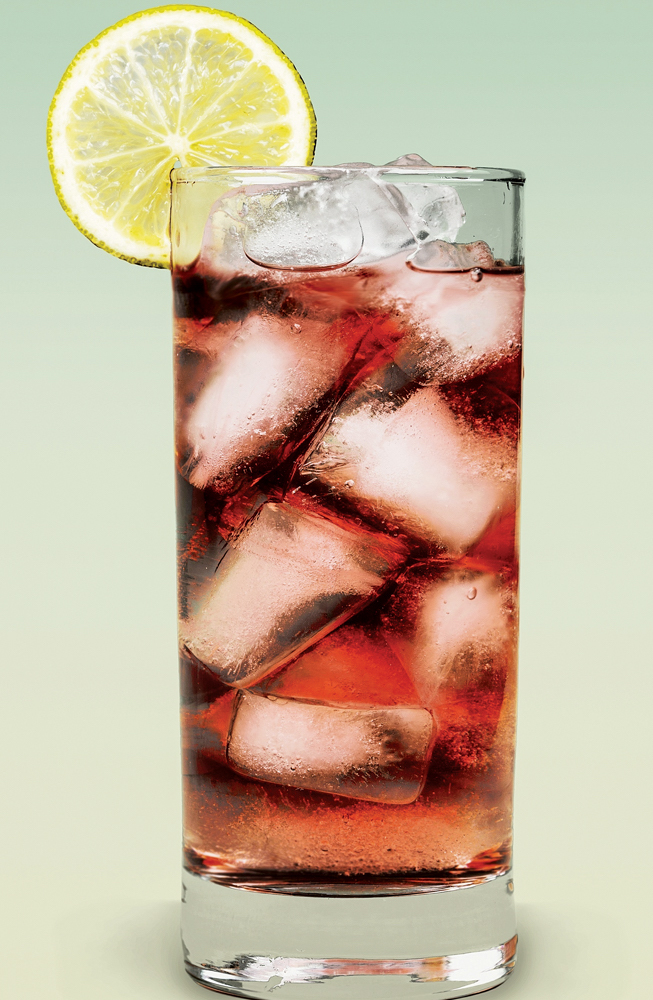
Apothecary Shelf
Mixologists are ranging far and wide to unearth therapeutic ingredients. “If you think about the historical aspect of spirits as curatives, used in the apothecary style, I don’t think cocktails borrowing inspiration from health foods is a trend, but rather a modernized form of expressing creativity,” says Jenn Grossbard, bar manager and resident forager for The Drawing Board in Petaluma, CA.
Behind the bar at The Drawing Board lives a virtual pharmacy of holistic ingredients, including activated charcoal, bee pollen, ginger/turmeric honey, rosehip and hawthorn tonic, alkaline water and adaptogenic herbs such as eleuthero, fo-ti, astragalus and tulsi.
The aptly named Prescription cocktail features healthful bee pollen and ginger/turmeric-infused honey, along with Dewar’s Scotch, lemon juice and locally produced Amaro Bilaro and Fresno chilies. And the Adaptogen Toddy combines Cognac, apple-cardamom shrub, adaptogen elixir (eleuthero, schizandra, burdock, fo-ti, astragalus), honey, allspice dram, lemon juice and hot water. Cocktails are priced at $13.
“Sassafras root is engrained deep in Louisiana tradition; it was used as a tonic tea by Native Americans. There are many health benefits,” says Alan Walter, “spirit handler” for Loa bar in the International House Hotel in New Orleans. And Loa incorporates the root in cocktails.
The Marguerite ($12), for example, is made with anejo tequila, long leaf pine needles, thyme-scented Cointreau, lemongrass, sassafras, bay leaf and egg whites. “This is definitely a healthier version than your typical syrupy-sweet Margarita, but health is not the motivation—taste is,” says Walter. Loa emphasizes several foraged or locally sourced ingredients, such as Spanish moss.
“It’s a trend that’s going to stay,” says Channing Centeno, mixologist at Seamstress restaurant and lounge in New York. “Guests who are intrigued by uncommon ingredients that they associate with good health are attracted to buzzy ingredients like kombucha or beet juice.”
A number of Seamstress’ drinks (priced $13 to $15) incorporate vegetables such as fennel or arugula or other healthful ingredients. Sunday’s Retreat, for example, combines chai-tea-infused Bacardi Ocho rum, St. Germain elderflower liqueur, lemon juice and cherry preserves with floats of kombucha and prosecco. “Guests feel as if the healthy component will balance the alcohol they are consuming,” says Centeno.
Big Flavors, High Sales
Using healthful, plant-based ingredients in cocktails can boost both flavors and sales, says Ryan Nolen, bar manager at Pitchfork Pretty Restaurant & Bar in Austin, TX. “Health-centric food and beverage consumption is mainstream: It has permeated pop culture. I believe it is here to stay and has appeal to some degree across all demographics.”
The restaurant features Texas Hill Country cuisine and the bar follows suit. Local carrots, butternut squash, tomatillos, avocado seed, avocado leaf, avocado flower honey, poppy seeds and fermented peach pits all appear in cocktails, which are priced from $10 to $12.
Examples include the A Drink Has No Name, featuring theobromine-rich yaupon tea, smoked ginger honey, clove, mint, lemon, bourbon and rum; and the Sasquash (pictured atop) —butternut squash, sage, nutmeg, black pepper, burnt sugar and gin.
“These ingredients jump off the page; they really stand out on drinks lists,” points out Harvey at Temple Bar. “Guests make jokes about the cocktails being good for them and order more,” increasing drink sales.
To be sure, sometimes those ingredients can be too weird. “Some people just aren’t ready for gin mixed with turmeric or seaweed!” Harvey admits.
Indeed, while Madison On Park has created a reputation and attracted a loyal following for its healthful, vibrant cocktails, the disadvantages are that “it’s a risk: You might alienate some customers,” says Kuehner. But, he notes, as Thomas Jefferson said: “With great risk comes great reward.”
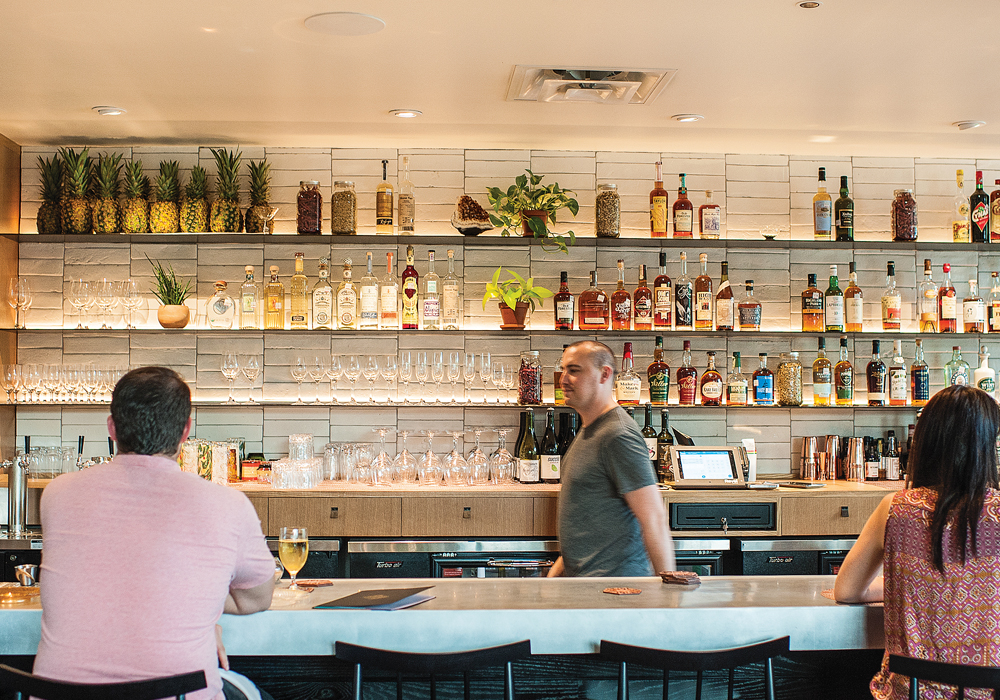
Foraging for Health Food
Creating drinks with exotic components can be expensive, however. “Sometimes, these super-healthy ingredients can cost a lot of money,” says Harvey. And if the cocktails don’t sell, spoilage can be a problem. At Temple Bar, she tests out drinks as chalkboard specials before putting them on the menu. “We try to keep specialty cocktails in the $9 to $12 range,” says Harvey. “So if the specialty ingredient is on the pricier side, I’ll pair it with some value-driven spirits.”
Sourcing can be yet another hurdle, as operators can’t just pick up the phone to order many of these esoteric products from their broadline distributor or usual wholesaler.
At Temple Bar sourcing depends on the ingredient, explains Harvey. “We have some great specialty providers, so it’s not too hard to find obscure things,” she notes. “Sometimes, I’ll just be doing my normal grocery shopping and stumble upon something that catches my eye.”
Grossbard at The Drawing Board will “personally forage for many of the herbs or grow them in someone’s garden.” She also works with local purveyors for specialized ingredients, such as bee pollen or organic dried herbs.
Pitchfork Pretty sources from local farms that practice sustainable farming techniques and grow plants in ideal soil compositions, says Nolen. “We try to do this as far as it is cost-effective.”
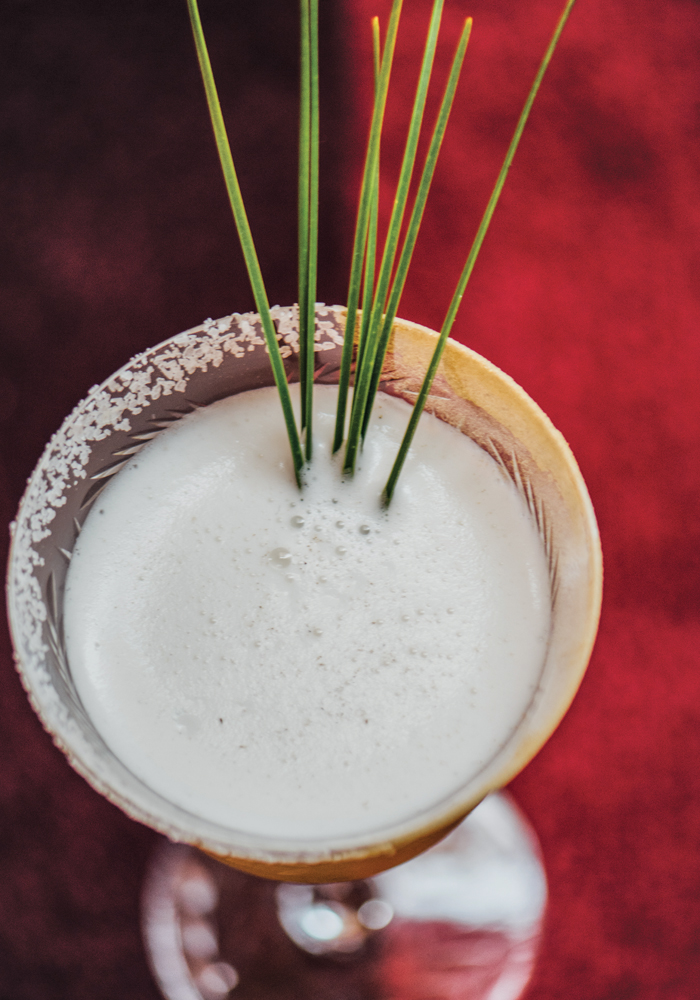
Doctoring up the Components
These therapeutic elements are generally not packaged and ready to use, so prepping many of these ingredients can be labor-intensive, says Nolen. The raw ingredients, roots, bark, flowers, etc., often need to be trimmed and washed then altered into a useable form. And since they may taste odd or downright unpleasant, mixologists have to figure out ways to mask or incorporate them into tasty cocktails.
“The healthiest, most nutritious parts of many plants are not the portion that tastes the best,” observes Walter at Loa. Indeed, he makes the point that although the sassafras tree was used as a tonic and as a flavoring in root beer, a chemical found naturally in the plant can cause liver damage and cancer.
The takeaway: Just because an ingredient is natural doesn’t mean that it’s naturally safe to use in every application. Research is important.
“As for preparation, again it depends on the ingredients,” says Harvey. “Some need to be juiced, some muddled, and other ingredients I make into an infusion or syrup.”
For her part, Grossbard prepares all the tonics, elixirs, tinctures, shrubs, etc. for her cocktails in The Drawing Board’s kitchen. “I create cocktails coming from an herbalist’s lens,” she says, and drawing on 15 years of experience behind the stick. “I start with the medicinal benefits first, consider what elements partner well together in health and wellness terms and then bring the spirits into play and what’s seasonally exciting.”
Centeno finds that the best way to use wholesome ingredients in cocktails is to make “teas” and then infuse those into spirits. “I never create a cocktail thinking, ‘I want this to be a healthy cocktail, so I am going to use this ingredient,’” he says. “If I add a specific ingredient, I am using it because of the flavor, texture or aroma it offers. If I can find an ingredient that also falls in the category of healthy-ish, it’s an added bonus.”
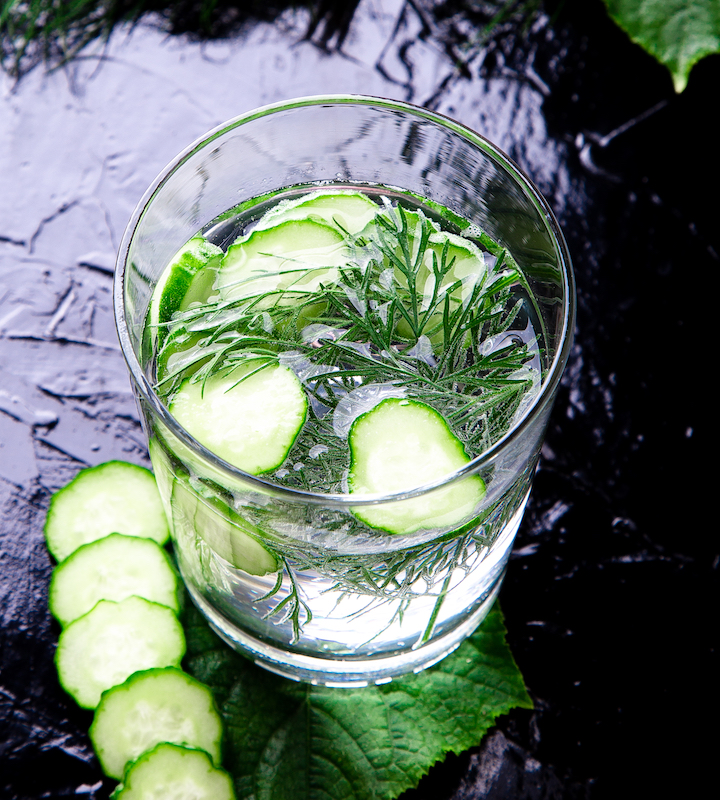
Palate and Palette
Some bartenders are using these healthful compounds to move beyond wellness and taste into color, enhancing cocktails’ palette as well as the appeal to customers’ palates.
“We want these drinks to be visually appealing and beautiful in color with a healthy aspect,” says Kuehner. He has been experimenting with butterfly pea flower, blue-green spirulina, turmeric, activated charcoal and red beets—wholesome stuff that can add vibrant colors to what’s in the glass.
Two colorful examples from Madison On Park’s menu include the Blue Dream Mimosa, made with blue-green algae, Champagne, organic lemon juice, alkaline water, Fuji apple and ginger; and the Black Magic Mimosa—Champagne, celery, organic lemon juice, apple, alkaline water, blood orange juice, agave nectar and activated charcoal. Both are priced at $8.
“These drinks are one of a kind, and are not only revolutionizing cocktails but also helping expand the popularity of super foods and how they can be combined to produce an unusual color for a healthy and fun cocktail,” Kuehner says.
Many operators change their cocktail menus with the season, and springtime in particular brings fresh opportunities for healthy fare. Centeno is looking forward to seeing what pops up at the farmer’s market as the weather warms.
As nettles begin popping up in the spring, Grossbard is planning a riff on the Pimm’s Cup cocktail for The Drawing Board. Called Pimm’s Stardust, it will include wild nettles, horsetail, red clover buds, spring strawberries and wild radish pods. “Most likely, it will incorporate a ginger kefir sparkling probiotic that we make in-house,” she adds.
“Using veggies and herbs gives the cocktail a fresh and herbaceous aspect that can’t be found in a bottle,” notes Centeno. “The challenge is sourcing the freshest possible ingredients. Your cocktail is only as strong as its weakest ingredient.”
Thomas Henry Strenk is a Brooklyn-based writer specializing in all things drinkable.
The post How to Make Healthier Cocktails first appeared on Beverage Dynamics.

